When it comes to riding one wheel, you need to have your two feet in the proper place. While the Onewheel does most of the balancing, foot placement is everything. This covers each type of placement how your Onewheel can react to each.
The best foot placement is when both feet are within the middle regions of each footpad. Adding a diagonal placement to either the lead foot or both feet will increase diagonal tension which helps reduce wobbling on your Onewheel.
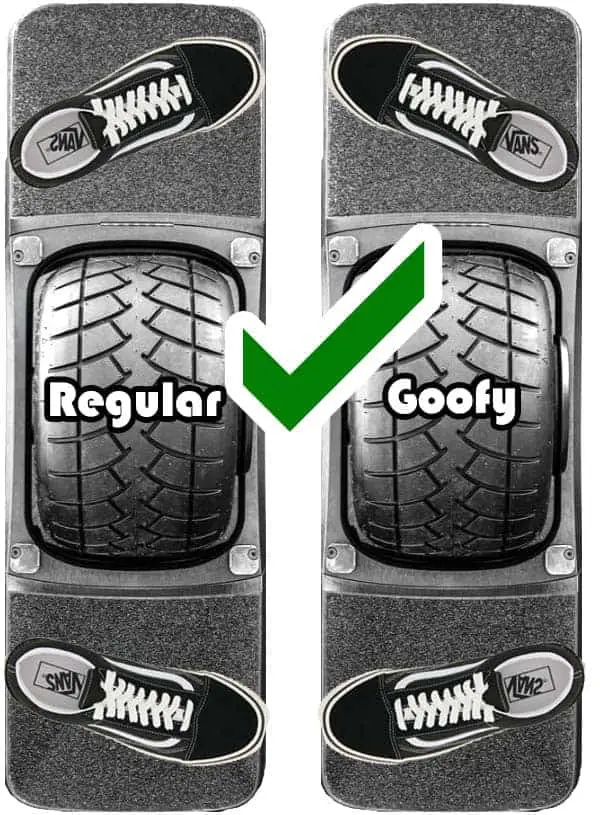
Depending on if whether you are a goofy or regular stance rider, will determine which foot is leading so both feet will be referenced as leading and trailing foot.
Ideally the perfect stance is having both feet in the center of the foot pads where the toes almost point to the corner of the footpad. As you ride, the Onewheel may wobble if the rider isn’t fully balanced. Having a diagonally placed foot allows you to apply pressure to the toes which can increase diagonal tension with mitigates wobbling.
Diagonal tension refers to the tension created from one corner where the rail and the footpad meet and extends to the diagonal corner. This tension is caused by the rider’s weight and the force applied to the footpad when leaning into a turn or carving or when the rider adds pressure to these corners.
Typical New Rider’s Foot Placement
Typical thinking for most new riders is wanting to widen their stance on the Onewheel. Think of a wide tree trunk. Wide stances on the ground is absolutely more secure than a narrow one but when we are on one wheel, the wider stance isn’t as study as a more narrow stance.
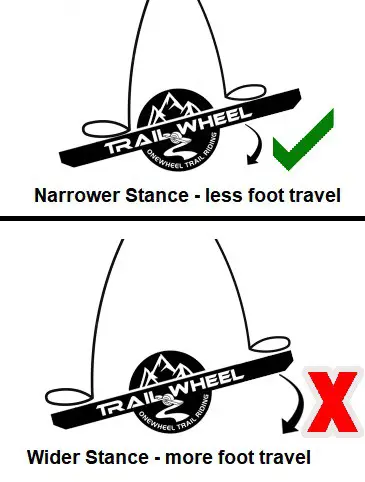
See, when the stance is more central (center of each foot pad), the foot does not have to travel as far up and down to dial in a good balance. Wider stance feet have to travel further.
A Onewheel’s center of gravity is the center so the closer you are to the center, the easier it is for riders to balance. While narrow stances help the Onewheel balance, we don’t want to be too close to the wheel (especially if there is no fender).
Too Narrow of a Stance Can Be Dangerous on a Onewheel
Too narrow of a stance can be dangerous on a Onewheel. This can be especially true with fenderless Onewheels. Especially if the rider has loose pants, the danger is elevated to high. The reason is while you are traveling on the Onewheel, your pants can get lodged in the wheel area which can pull you to the ground and cause potential harm.
Its good advice not to wear too baggy of clothes while riding and always have your shoelaces tightened up. Sometimes when we are trail riding, we are weightless for moments when we bonk over rocks and roots. Are feet shouldn’t move too much but they move around a little. If you are too close to the wheel, either foot can land on a spinning tire which also can cause a fall. If you ride with a narrow stance, use a fender.
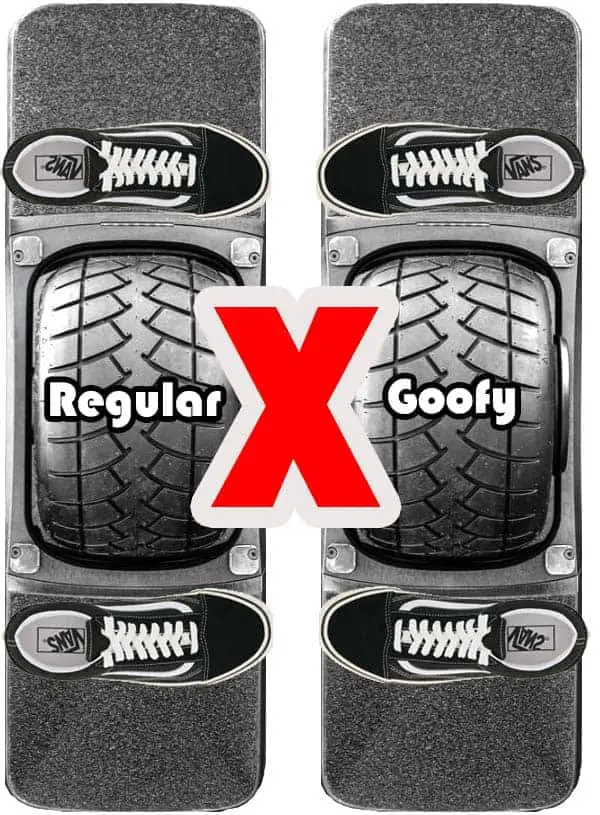
Even having a Flight Shield with FlightFins would help keep your feet away from the tire. Another reason we don’t ride too close to the wheel is because the sensor of the front footpad is set back from the wheel an inch or two.
To achieve good contact with the sensor, a foot placed within the center of the sensor will ensure proper sensor engagement.
Too Wide of Stances Limit Maneuverability
Wider stances limit your agility down trails. Swinging your weight from the edges of the board is also more tolling on the motor. Think of a folcrum, level with a load as an analogy.
A fulcrum and lever system consists of a rigid beam like a (onewheel rails & footpads) that pivots around a fixed point (like the one wheel on the board). In this system, the closer the load is to the fulcrum, the easier it is to move. While the farther away the load is from the fulcrum, the more force is required to move it. This is exactly what the board experiences except you have feet to help the motor.
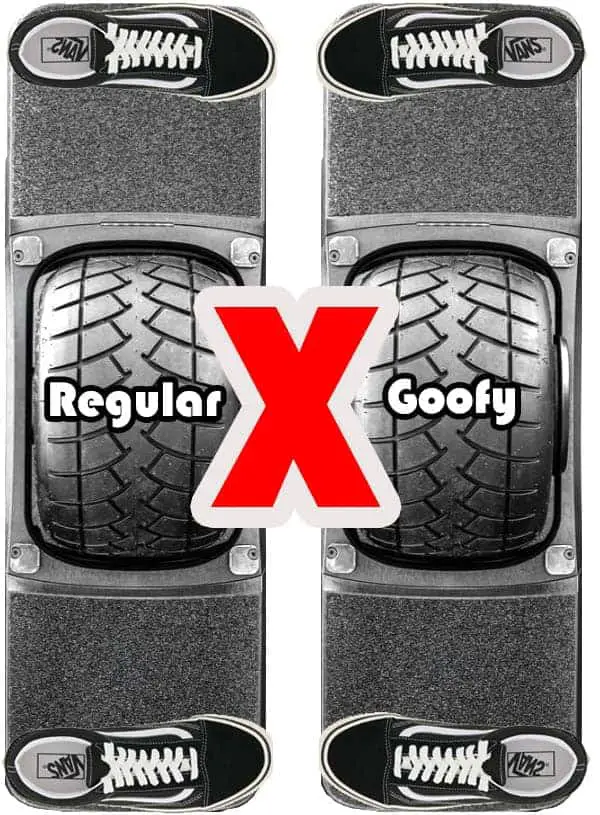
On a Onewheel, the rider acts as the load, and the board acts as the lever. The rider’s weight is supported by the center of the board (the fulcrum), and the rider’s movements and balance cause the board to pivot and move. In both systems, balance and control are essential for efficient and effective movement. The rider must maintain proper balance and weight distribution on the Onewheel to keep it moving smoothly and to prevent falls.
In the same vein of though regarding sensor engagement, when your feet are too far to the edge, you limit contact with the sensor as the sensor is about an inch from the edges of the board. We always want maximum weight placed on the sensor. Always try to find the middle.
Best Foot Placement for Trail Riding on a Onewheel
The best foot placement for trail riding on a Onewheel as well as for picking up speed is having just the lead foot or both feet angled forward. This is a similar stance to downhill slalom snowboarding. With diagonal placement of the lead foot, it maintains control of the diagonal tension which will mitigates the wobbles.
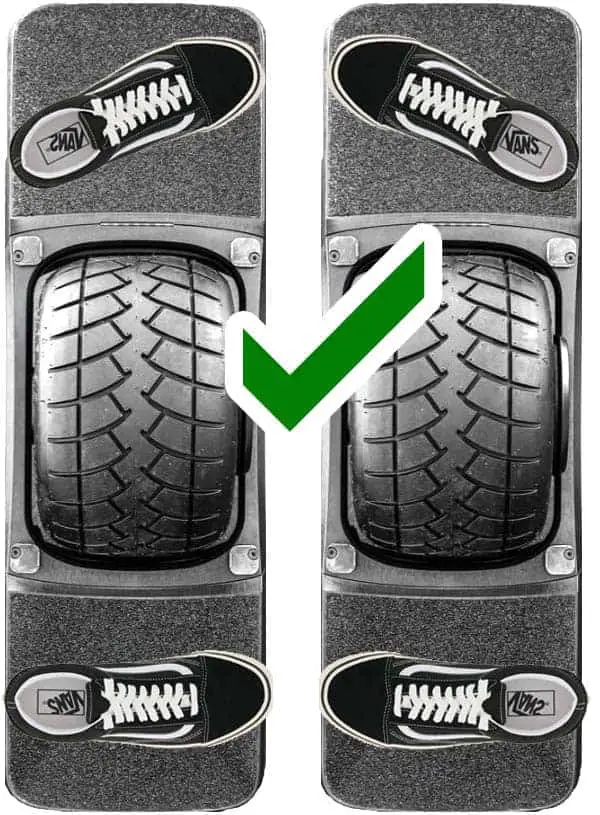
Notice how both feet are in the center of the foot pads. Certainly, its feasible to ride with both feet perpendicular to the board however it limits control of the wobbling that may ensue.
As you ride over time, you may not need the diagonal placement but that toe pressure at the top does wonders. It may feel a little unconventional to have an asymmetrical stance like this but it does work well for directional trail riding. If you are working to improve your freestyle riding, then a symmetrical stance makes more sense.
Best Foot Placement for Freestyle Riding on a Onewheel
Freestyle Onewheel riding often entails riding switch (or fakie riding). Because you may want to be able to revert and ride switch, having the feet in a symmetrical stance is optimal for freestyle riding.
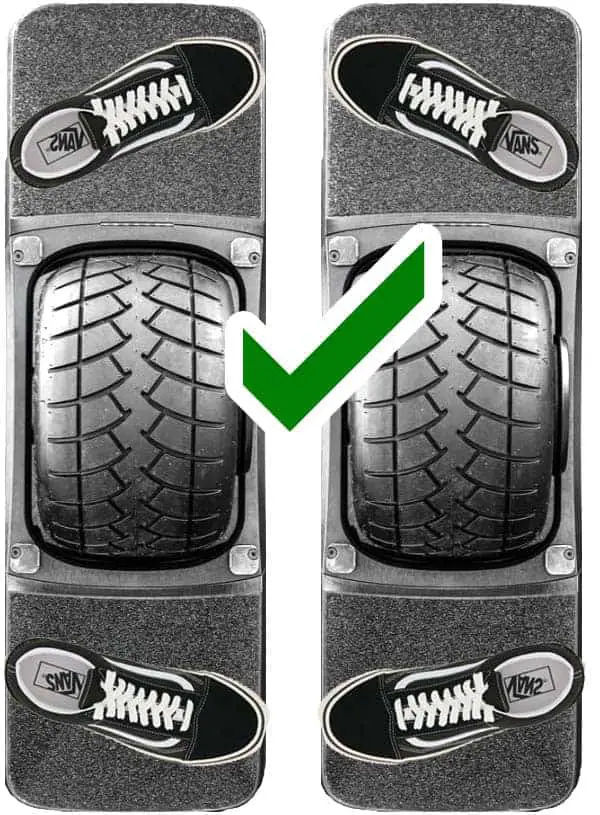
Both feet slightly angled outward allows for symmetry when riding in both directions. This stance also allows for better control of potential Onewheel wobbling.
If this stance feels unconventional, you can ride with both feet perpendicular to the board. You just wont have the best control of higher speed wobbles.
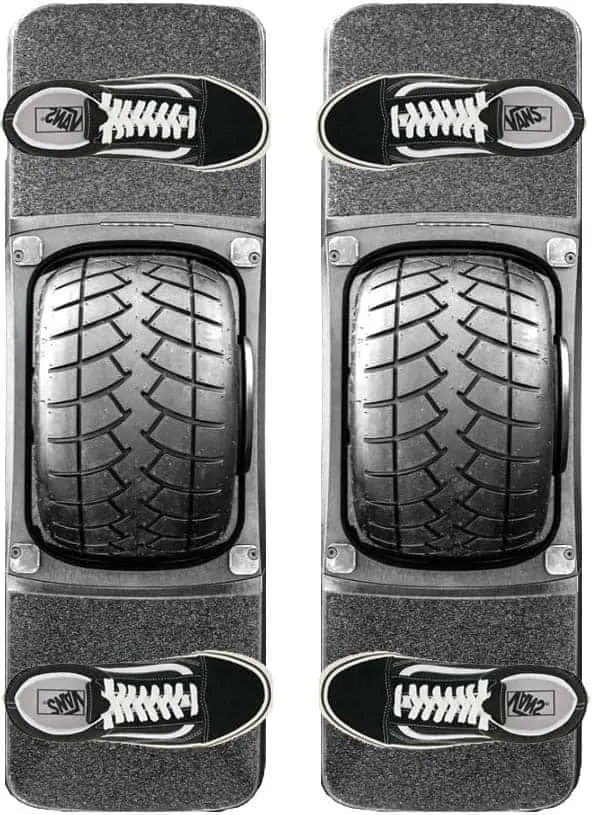
This perpendicular stance is considered to be neutral. Its not really beneficial nor is it ill-advised. This is a perfectly acceptable stance which many riders prefer. As stated above, the only reason why this stance is not preferable is due to the limited diagonal tension you can employ on the board. If your feet are strong and you are more of a veteran rider, then softening the wobbles at higher speeds may be no sweat for you to tackle.
Sensor Warnings – Feet May Be Improperly Positioned
If you are receiving a warning regarding one zone of the sensor being disengaged, it can be due to your foot placement. This warning should not worry you much because the Onewheel is engineered to operate even if one side of the sensor is engaged as long as you are traveling faster than 1 mph. Follow the foot pad diagrams above. The sensor’s sweet spot is within the center of the foot pad. The edges are not good areas to make contact with the sensor. Also check out our sensor hacks to improve engagement.
Conclusion on Onewheel Foot Placement
Most new riders are going to opt for wider stances. Many want to ride symmetrically on the board which works the best for freestyle riders. To acquire a better command of the Onewheel, pointing toes in a diagonal fashion allows for better control especially over uneven terrain.
If you are riding too narrow, always use a fender but try widening your stance. Don’t go too wide. The center of the Onewheel pad is the real sweet spot (even slightly on the closer side). If you arent already diagonally placed on the board, practice mastering the diagonal foot placement and see how much more control you get on your Onewheel.
